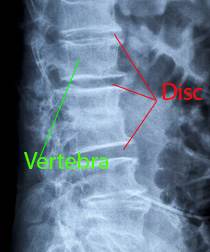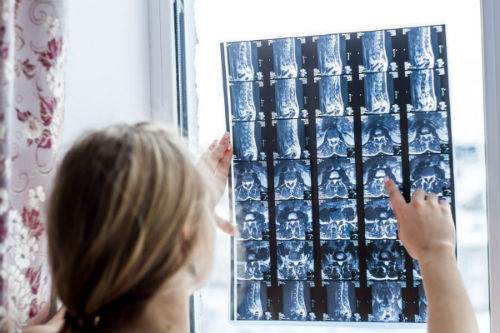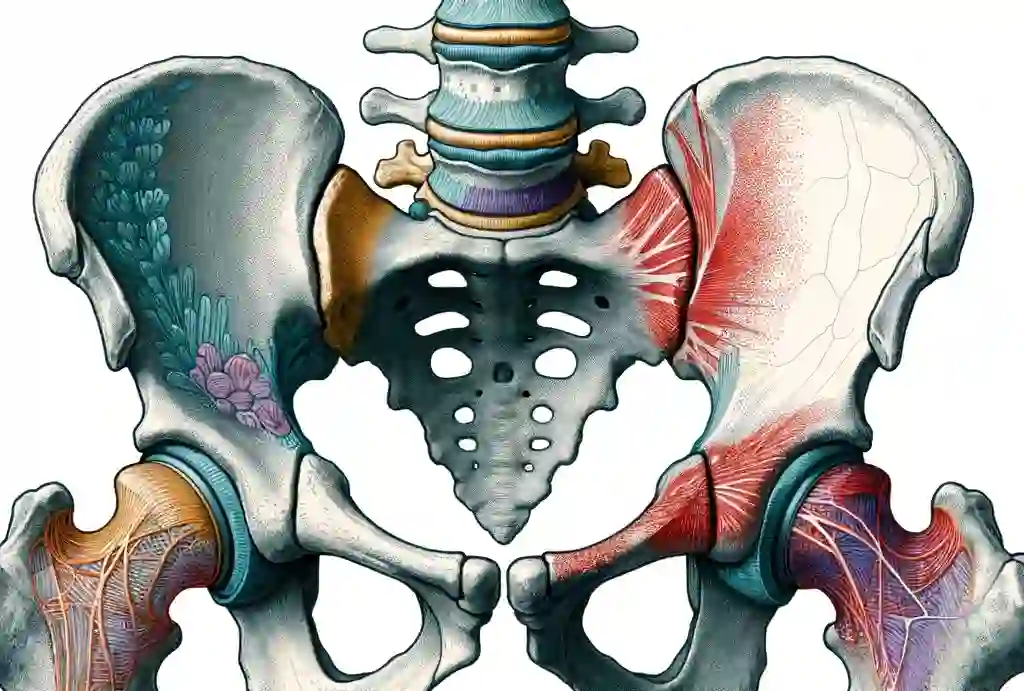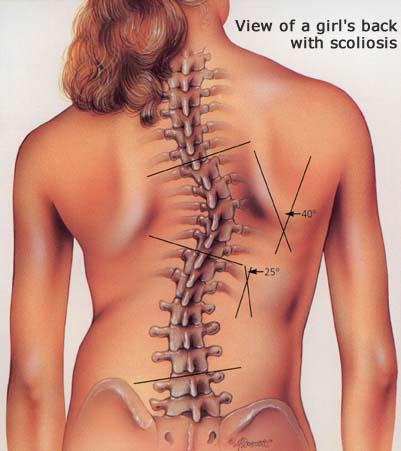X-Rays for Lower Back Pain: When to Get One
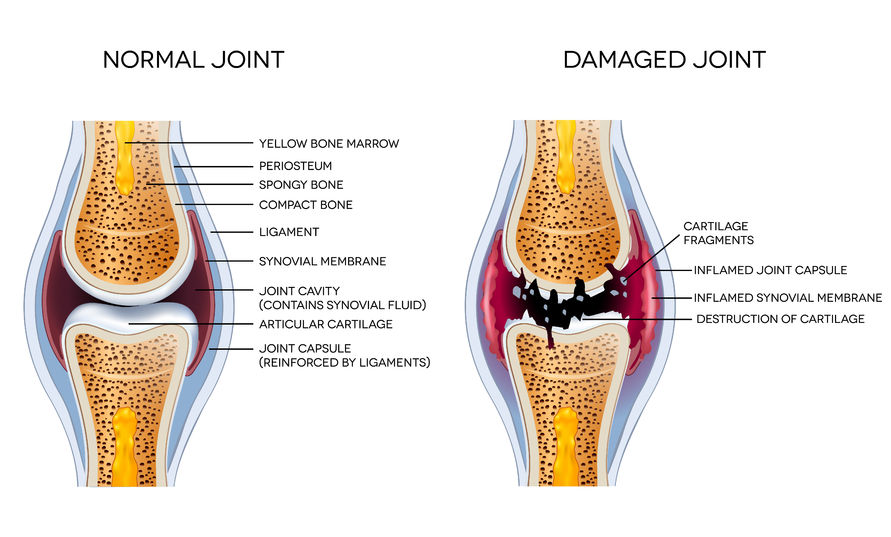
Navigating Imaging Options for Lower Back Pain
When lower back pain strikes, the question of whether to opt for immediate X-rays or MRIs often arises. Are CAT scans necessary, or can you manage without them? In this guide, we’ll explore the types of imaging that are best suited to address your lower back pain and the guidelines you should consider.
Chiropractic Guidelines for X-rays
Chiropractic guidelines, akin to their medical counterparts, advocate for a preliminary X-ray if you’re over 70 years old or even for minor trauma if you’ve crossed the age of 50. Understanding when X-rays are essential is crucial, and here are the primary scenarios:
- Significant Traumatic Injury: X-rays are warranted if you’ve sustained a substantial traumatic injury, regardless of your age.
- Trauma Over Age 50: If you’ve experienced any form of trauma, even minor, and you’re above the age of 50, an X-ray is recommended.
- Over 70 with Suspected Bone Disease: Individuals over 70, especially those with a history and examination suggestive of a possible bone disease like arthritis, should undergo X-rays.
- Unresolved Long-standing Pain: If you’ve been dealing with persistent pain that hasn’t responded to previous chiropractic care, an X-ray might provide valuable insights.
The Debate Over Routine Imaging: X-rays, MRI CAT Scans
Recent research has cast doubt on the routine use of imaging, including X-rays and MRIs, in the early stages of treating both acute and chronic lower back pain. This contradicts the common practice followed by medical doctors and chiropractors alike.
Global Practices in Imaging: X-rays, MRI, CAT Scans
In countries like the USA, Canada, the UK, Australia, and New Zealand, it’s standard procedure to conduct X-rays on most patients over 70 years old early in their treatment. Conversely, in India, individuals who can afford it often opt for an MRI promptly.
The Role of Imaging in Early Diagnosis
Traditionally, doctors have ordered X-rays or other imaging at the outset of treating lower back pain, aiming to rule out serious conditions like cancer or arthritis. However, the research supporting this approach for nearly every individual over 70 isn’t robust, and a Cochrane review highlighted the limited research focusing on older populations.
The Challenge of Incidental Findings
The challenge for older individuals lies in the prevalence of incidental findings, such as benign spots on bones or organs, which are frequently encountered in MRI scans.
“It is very rare for an MRI. to come back with the words ‘normal study,“ said Dr. Christopher DiGiovanni, a professor of orthopaedics and a sports medicine specialist at Brown University. “I can’t tell you the last time I’ve seen it.” From the New York Times
These incidental findings make people like yourself go through further tests and treatments without relevant benefit to the patient. [4-5] These treatments and further testing increases health costs for everyone.
I know of people who went through surgery and extreme stress only to find out the “spot” was benign.
The Need for Informed Decision-Making
The debate surrounding routine imaging for lower back pain underscores the importance of informed decision-making. Understanding the risks and benefits associated with X-rays and MRIs is crucial, especially for older individuals. In some cases, the potential downsides of unnecessary testing may outweigh the benefits, leading to more questions about the value of early imaging.
Results
This study found that 24% of 1264 patients received X-rays early on in the treatment, while 7.5% received early MRI or CT/CAT scan.
This study found that after 12 months the difference between the people receiving the early X-rays and those that did not were not significant.
For the patients receiving advanced imaging by MRI or CT/CAT scans, there were no clinically important differences in these people’s leg pain from their lower back after 6 months and 12 months later.
The costs were significantly higher for people getting early X-rays and MRI or CT/CAT scans. Those who got an X-ray early on in their treatment for the lower back had costs that were $1380 higher while those who got an MRI or CT/CAT scan paid $1430 higher.
Early Imaging for Lower Back Pain: Is It Worth It?
The Value of Early Imaging: X rays, MRI, CT scans
A study involving 1,264 patients shed light on the prevalence of early imaging in lower back pain treatment. The findings revealed that 24% of these patients received X-rays at the outset, while 7.5% underwent early MRI or CT/CAT scans.
Long-term Outcomes
Surprisingly, the study discovered that after 12 months, there were no significant differences between those who received early X-rays and those who did not. Likewise, patients who underwent advanced imaging via MRI or CT/CAT scans showed no clinically important disparities in leg pain stemming from their lower back after 6 and 12 months.
Piriformis Syndrome: The Best 6 Exercises To Help Your Hip & Butt Pain
The Cost Factor
One critical aspect that emerged was the substantial cost difference associated with early imaging. Patients who opted for early X-rays experienced expenses that were $1,380 higher, while those who chose an early MRI or CT/CAT scan incurred costs of $1,430 higher.
Should You Get X-rays or MRI or CT/CAT Scans Early?
Given these findings, the question arises: Should you opt for X-rays, MRI, or CT/CAT scans early in your lower back pain treatment? For both acute and chronic lower back pain, the answer seems to lean towards avoiding early X-rays, MRI or CAT scans. Clinically, it doesn’t make a substantial difference, and early imaging may lead to unnecessary tests, treatments, and increased financial burden, especially in healthcare systems with a capitalistic structure.
In social medicine systems, it can contribute to a strain on resources and sustainability challenges. Ultimately, informed decision-making plays a pivotal role in managing lower back pain effectively.
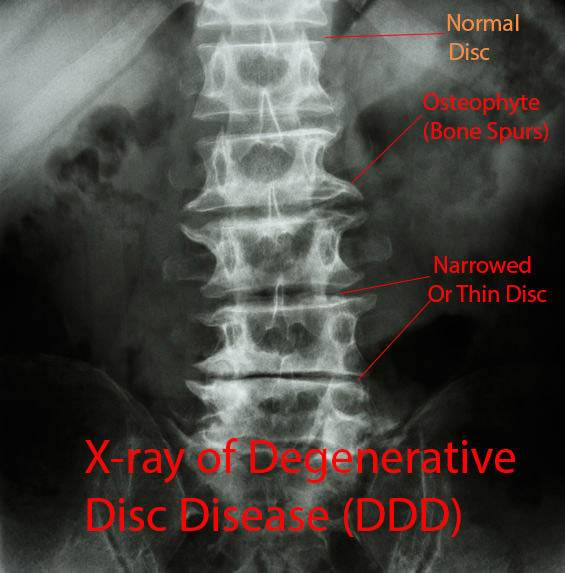
Early Disease Detection: A Controversial Issue
When considering the importance of early disease detection, particularly for conditions like cancer and arthritis, it’s essential to delve into the potential impact.
Arthritis and X-rays
For arthritis, the consensus is that early diagnosis may not lead to substantial long-term differences in treatment outcomes. Arthritis tends to progress slowly, and interventions are often focused on symptom management and improving the quality of life rather than curing the condition. Therefore, diagnosing arthritis a few weeks or months earlier may not significantly alter the overall management approach or prognosis.
The Cancer Conundrum: Individual Variation vs. Population Perspective
In contrast, the scenario becomes more complex when examining the early detection of cancer. Many individuals rightfully emphasize the urgency of early diagnosis, believing that every day counts and that catching cancer a couple of weeks earlier could potentially influence their survival or overall health.
However, it’s crucial to emphasize that I’m not an oncologist, and this perspective is based on a population point of view, as indicated by the study findings. While population-level data may suggest limited differences, it’s important to recognize that individual cases can vary significantly, and the timing of cancer diagnosis may indeed play a crucial role.
Why Is Disc Herniation Surgery Success Rate Only 50%?
Patients Demand X Rays, MRI and CAT scans
It’s worth mentioning that some patients insist on X-rays, MRIs, or CT/CAT scans. Both doctors and chiropractors encounter individuals who believe that missing out on imaging could lead to oversight.
Some of my patients think that X-rays are the diagnosis.
History and Examination Are More Important Than X-rays, MRI and CT Scans
In my experience, a skilled doctor or chiropractor can typically determine the need for X-rays or advanced imaging through a comprehensive history and examination. When necessary, chiropractors will promptly arrange for imaging studies.
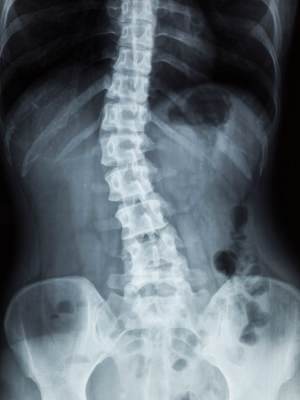
Should Doctors Give In?
If chiropractors effectively communicate the potential consequences of early imaging to their patients, many individuals might reconsider their stance. However, some patients harbour an intense fear of serious diseases, which profoundly impact their lives.
Getting X-rays Helps Manage Fear In Some Cases
For this subset of patients, managing acute fear and stress becomes crucial to enable effective treatment. Despite counselling and information, individuals with overwhelming fear often insist on undergoing imaging for reassurance. In such rare instances, I would recommend an X-ray to alleviate immediate concerns while avoiding the heightened anxiety associated with more advanced imaging modalities like MRI or CT/CAT scans.
My Advice To You
Putting it all together depends on your doctor. If you have a competent doctor who is doing a thorough exam and history that takes the time to explain things to you and address your concerns then you have a better chance of not being misdiagnosed. If in doubt get a second opinion.
Specialists like Orthopedic Surgeons, Neurosurgeons, Neurologists, and Chiropractors are specialists and know more about the spine than the average family medical doctor. You are more likely to get a more educated opinion from a specialist rather than a generalist.
Hope that helps decide if you need an X-ray, MRI, or CAT/CT scan now, later on, or not at all.
Feel free to share your questions thoughts and experiences in the comments below, and don’t forget to connect with us on Facebook for more updates and tips on improving your shoulder health. We’d love to hear your opinions on who you consider the best Toronto chiropractor.
Research
- Jarvik JG, Gold LS, Comstock BA, et al., Journal of the American Medical Association (JAMA) 2015; 313(11): 1143-1153.June 2015
- Paeck T, Ferreira ML, Sun C, et al. Are older adults missing from low back pain clinical trials? Arthritis Care Res (Hoboken) 2014; 66(8): 1220-1226.
- Bressler HB, KeyesWJ, Rochon PA, Badley E. The prevalence of low back pain in the elderly. Spine 1999; 24(17): 1813-1819.
- Graves JM, Fulton-Kehoe D, Jarvik JG, Franklin GM. Early imaging for acute low back pain. Spine 2012; 37(18): 1617-1627.
